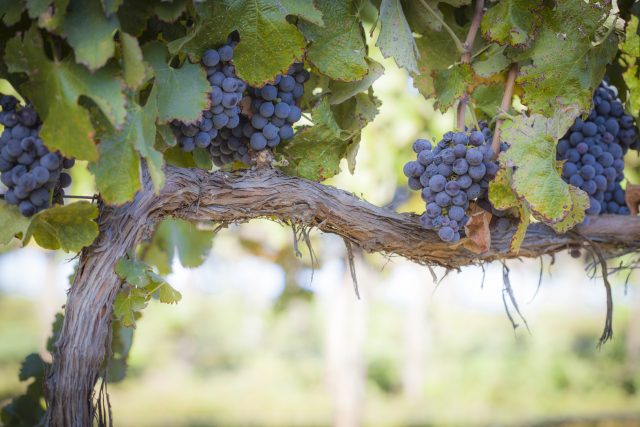This website uses cookies so that we can provide you with the best user experience possible. Cookie information is stored in your browser and performs functions such as recognising you when you return to our website and helping our team to understand which sections of the website you find most interesting and useful.
Napa Valley company reveals unique way to reduce vineyard waste
A Napa Valley company has uncovered a new way to dispose of vineyard waste while keeping it out of the air.

The solution to tackling the issue of vineyard clippings, which have ended up in large burning piles, could soon be reduced thanks to a new kind of incinerator created by Piña Vineyard Management.
Pina’s company has developed a portable incinerator called an air-curtain burner that can be brought into the fields. Waste wood is dumped into the burning chamber, but a powerful jet of air across the top keeps the smoke from escaping, reburning it so almost all material is reportedly vaporised.
Alluding to the eco-benefits of the new kit, Piña Vineyard Management, co-owner Davie Piña told CBS: “We think they [winemakers] are going to stop open burning because of the smoke issue and because of all the other hazardous parts to this. With this machine, it eliminates the vast majority of all those harmful smoke particles that get free, and all the other things it off-gasses”.
A few other Napa vineyards – mostly organic growers – are said to have already begun to use the technology.
Piña’s creation is a burner that can be used onsite at the vineyard, eliminating the expense of transporting the waste material too.
The machine, which also has another function where if the flaming wood is covered with a layer of dirt it will cuts off the oxygen, means that the organic material continues to burn, leaving nothing behind but carbon.
Piña added: “It’s just like charcoal. If you put heat and air to it, it burns up. But if you keep the air off of it – you bake it – you can maintain just the carbon left over.”
The end-product, known as ‘biochar’ is said to look like chunks of burned wood that are actually feather-light masses of pure carbon.
According to Piña, if you return the biochar to the soil, it will stay there, sequestered in the earth while providing one more amazing benefit.
Piña explained: “When you put it into the soil, those little carbon structures absorb moisture and they hold moisture and they slowly release it. So when you have a wet winter, it’ll absorb that moisture. And then as the spring and fall go, it will release that moisture.”

